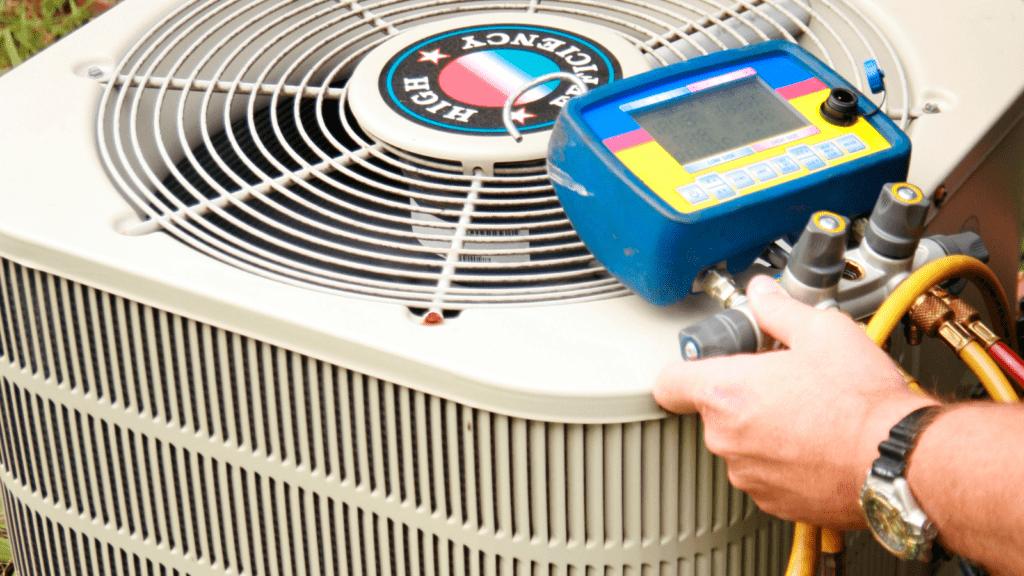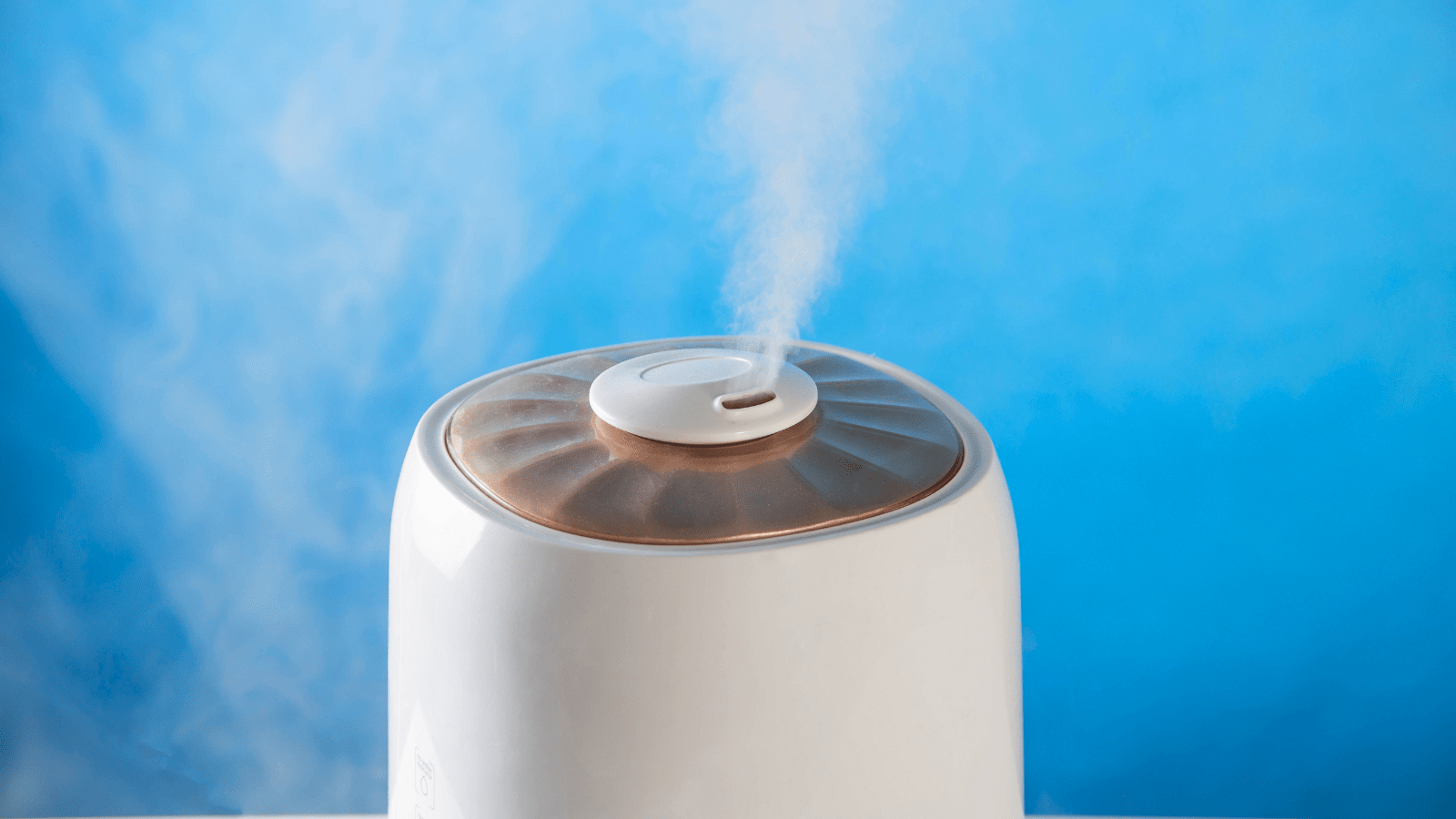There is nothing so satisfying after being outdoors in the sweltering days of summer than being greeted by a rush of cool air as you step inside your home. Climate-controlled houses have helped us live comfortably no matter the season, and we’ve come to expect and rely upon comfortable temperatures indoors, no matter the season.
But what happens when you open the door to step inside, and you can’t tell the difference between indoor and outdoor temperatures? Something is not right with your AC unit, and it may be time to reach out to the professionals.
What is Refrigerant?
While their names, R-22, R-134A, R-410A and HCFC-22, sound like an army of droids from the Star Wars franchise, refrigerant is nothing sinister. These amazing chemical compounds change from liquid to gas and from gas to liquid at relatively low temperatures. They enable air conditioners, refrigerators, and heat pumps to function, and as we’ll explain, your air conditioner won’t be able to function without it.
The early chemicals utilized in the creation of refrigerants were a bit toxic and definitely not kind to the ozone layer. A movement began in the 1980s to seek something a bit more environmentally friendly, and that trend continues to this day.
The Environmental Protection Agency has been in the process of phasing out R-22 since 2010 due to its negative impact on the ozone layer. Because of this, it is only available from an ever-decreasing number of wholesalers and can only be purchased by AC professionals.
Newer and more environmentally friendly refrigerants, such as HCFC-22, have been expanding in popularity since they were introduced in 2015, and work continues to develop and bring even more effective- and safe- products to market.
How Does My Air Conditioner Use Refrigerant?
Your air conditioner is a closed system, completing a circuit time and again through the various components of the unit. That means, in theory, that you should never need to add refrigerant to the system.
When the refrigerant enters the compressor, it is a low-temperature vapor. As the particles are rapidly compressed, internal energy, temperature, and heat increase. The refrigerant passes through the coils of the condenser as a super-heated, super-pressurized vapor. Fans blow the heat outward and the refrigerant returns to a liquid state. It then moves toward the thermal expansion device. The mix of liquid and vapor will expand to fill the tubes, resulting in reduced pressure and temperature. As it moves into the evaporator, the refrigerant is turned into a vapor once more, but the temperature and pressure remain low. Then the cycle begins all over again.
When it is functioning properly, everything just keeps repeating the same cycle. When the refrigerant is running low, due to leakage, your unit will become less efficient.

Why are costs rising?
As R-22 is being phased out, and other older refrigerants may eventually find themselves facing a similar fate, the supply is dwindling. The average guy cannot purchase R-22 and service his own AC, as it’s dangerous, not only to the environment, but it can destroy an AC unit if not handled properly.
Since 2020, the import or production of R-22 has been illegal. Decreasing availability, shrinking numbers of wholesalers, and potentially higher shipping costs all contribute to increasing costs for the refrigerants the older units depend upon. When supplies of this refrigerant are used up, it’s time to consider alternative refrigerants or to evaluate whether it’s in your best interests to upgrade your unit to a more modern one.
Should I Make a Service Call?
Not only is it embarrassing to find out that the only problem with your air conditioner is a tripped circuit breaker, but who wants to spend money on a repair you could make yourself? Here are a few trouble-shooting tips that may get that AC working again…or at least let you know that it is indeed time to call a technician.
- Is your AC turning on and off quickly? Check your air filter and make sure nothing is clogging up the condenser unit. Replace the filter and clean out that condenser.
- Is the space around your AC unit clear of debris? Keep leaves, limbs, and overgrown plants trimmed, cleaned up, and clear of your AC unit for maximum functionality.
- Is your AC always on? Sure, it will run more on hot days, but if it runs constantly and can’t keep up with the demand, try raising your thermostat setting just slightly and see if it will shut off. If not, we can assess the source of the malfunction.
- Is warm air blowing out of your vents? Try lowering the thermostat by five degrees and feel the air to see if it begins to cool down. If not, check that air filter and your evaporator and make sure both are clean. If the temperature doesn’t improve, you may be low on refrigerant.
- Do you observe wetness around your air conditioning unit? If you do, inspect what you see carefully. Condensation (water) outside an AC is to be expected, but if the liquid you see is colorful, you’ve got a refrigerant leak, and this will require professional help.
Excellent care and maintenance are key to getting the most out of your AC unit, but when you’ve done your part and the temperatures keep on rising, we’re here to help.
Can My AC Be Repaired?
Calling a specialist could save you from buying a new AC.
When we evaluate your AC, we will look for a failure in the mechanical pieces. This could mean a bad compressor or evaporator. Depending on the age of your unit, these could be replaced or repaired. Once the broken component has been fixed, additional refrigerant may be required. The cost associated with any repairs, along with the addition of the refrigerant, could range anywhere from $300 – $600 (with additional variations based on the root cause of the problem.) This may seem like a hefty repair bill, but the cost of a new air conditioner in today’s market is significantly higher.
An unexpected repair bill is frustrating, especially when it impacts something as crucial as your AC unit. We understand this and want to inform you of your options for repair or replacement of your malfunctioning unit. Whichever option you ultimately choose, the Ideal Heating & Cooling team is always available to help you with these issues. Contact Us today if you think your refrigerant might be low.




